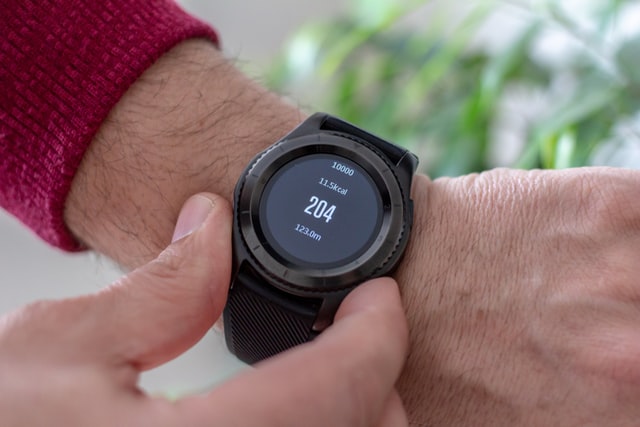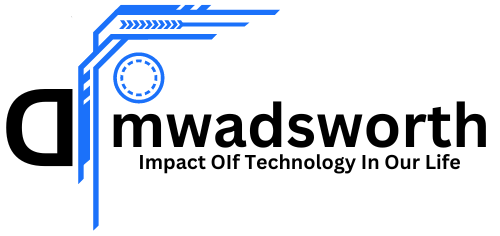Technology hasn’t only intervened in the online casino world but also in healthcare. The new technologies and innovations in healthcare are changing the way we think about aging, and how we care for our elders. The following is a list of some of these emerging technologies that will impact the future of eldercare:
1. Telehealth
Telehealth is defined as using telecommunications to provide health services. It can be used by patients or providers to monitor vital signs remotely. This includes monitoring blood pressure, oxygen levels, pulse rate, temperature, weight, etc. In addition to remote monitoring, telehealth also allows doctors and nurses to communicate with each other through video conferencing.
2. Wearable Technology
Wearable technology has been around for years but it’s only recently become more mainstream. These devices include watches, glasses, bracelets, rings, clothing, and even tattoos. They allow us to track our physical activity, sleep patterns, heart rates, and much more. Some wearables have sensors that measure electrocardiograms (ECGs) which can detect cardiac arrhythmias. Other wearables use accelerometers to measure gait speed, step count, and distance walked.

3. Artificial Intelligence
Artificial intelligence uses computer programs to simulate human thinking and reasoning. There are many different types of AI such as natural language processing, machine learning, expert systems, and deep learning. One example of artificial intelligence being used in medicine is virtual colonoscopy. Doctors can now teach an algorithm to analyze data from endoscopic images and create 3D models of the colon.
4. Robotics
Robotics is another area of medical innovation that is growing at a rapid pace. Robots can assist physicians during surgeries by providing support functions such as holding instruments, retracting body parts, stabilizing tissue, and others. If you thought self-driving cars were innovative, wait until you hear what robots do!
5. Nanotechnology
Nanotechnology is yet another field of medical science that involves developing products and processes on an atomic scale. As nanotech becomes more sophisticated, it will play a role in improving diagnosis, prevention, and treatment of diseases.
6. Biomarkers
Biomarkers are measurable indicators of biological states or processes. For instance, a biomarker may indicate whether there is too little of a certain protein in the blood stream after surgery. An increase in this biomarker would signal that something went wrong.
7. Gene Editing
Gene editing refers to techniques that modify DNA in order to treat disease. While gene therapy uses viral vectors to deliver healthy genes into cells, gene editing uses tools like CRISPR to make targeted changes to an individual’s genome.
8. Brain Computer Interfaces
Brain Computer Interface (BCI) is a rapidly growing field where technology interacts directly with the brain. Marketed as one possible solution to help people who suffer from paralysis, BCIs rely on recording signals from the brain and translating them into commands or control of external devices.
9. Stem Cells
Stem cells are undifferentiated cells present in embryos that give rise to all cell and tissue types. Although they do not mature indefinitely, they can develop into any type of cell and thus hold great potential for regenerative therapies for many diseases.
10. Bioelectronics
Bioelectronics is using electronics based on biology. This field includes everything from electronic skin to retinal implants. E-skin is a wearable device that uses biosensors to monitor biometric information about a person’s health and their environment. Retinal implants can restore vision to those suffering from photoreceptor degeneration.

